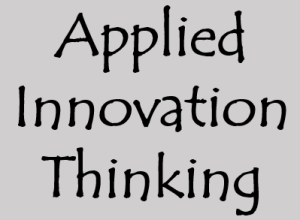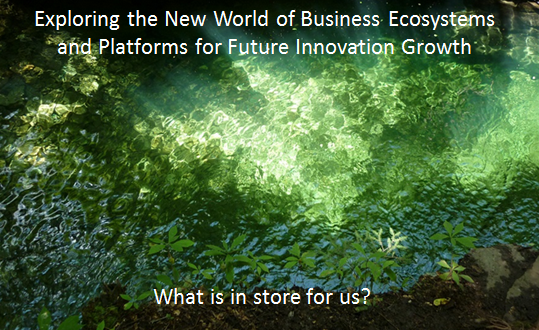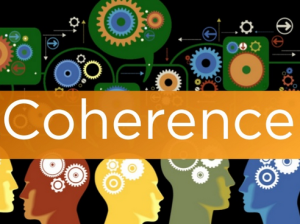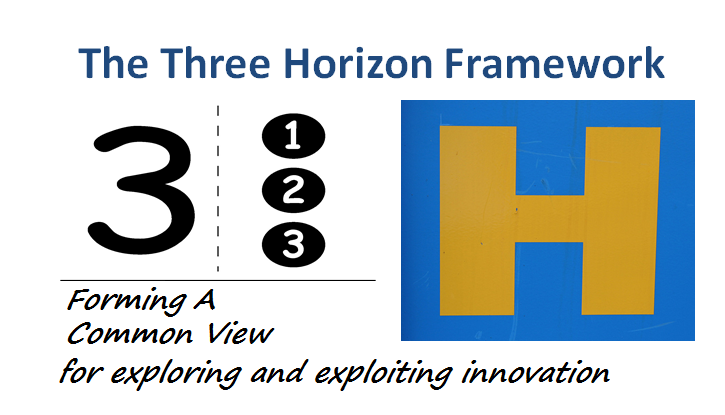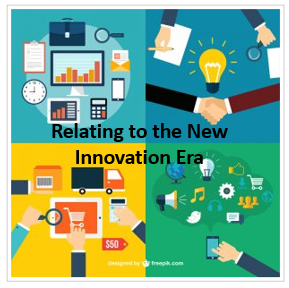
I firmly believe we are on the cusp of a new innovation era.
When you step back and recognize all the different advancements we have been making in designing tools and frameworks, and in understanding innovation, it holds promise.
Yet it is this recognition that the present is not working anymore with existing innovation systems, you do need to search for a real lasting change that does transform and connect all the parts into a new innovation designed ‘whole’. There are a number of intersections and driving forces that are coming together and what is emerging is this new innovation era. Now we have to weave them together.
Of course, much of what we have will still remain. We are still in need of finding innovations that provide new products, services or business models. These outcomes remain constant, it is the way we approach these that is in need of being seen as dramatically different. We require a more evolutionary, fresh perspective.
The sad part is that many of our existing consulting firms offer solutions that are unfit for today’s needs, or ill-equipped for offering advice on tomorrow’s purpose and the designs necessary. Equally, nearly all our larger business organizations are still locked in the past or attempting to catch up to the present but in random ways. This does need a real change but can we achieve it?
Innovation is advancing but most of it has been designed for a different time, the old era of stable markets, predictable solutions and having a clear sense of your competition. All that has changed dramatically. We have all been trying (very hard) to stay relevant in an ever-increasing uncertain world, applying solutions left over from a past era. Something has had to suffer and I believe this is our innovation outcomes, that are not shifting the growth needle as we keep our innovation systems and thinking trapped in the 20th-century mindset.
